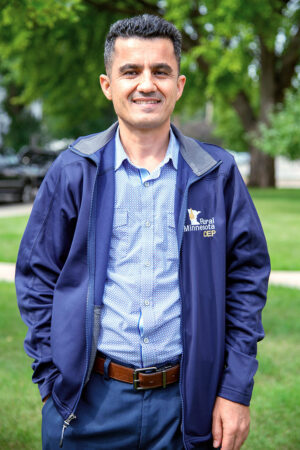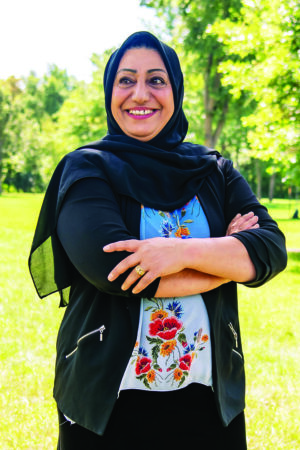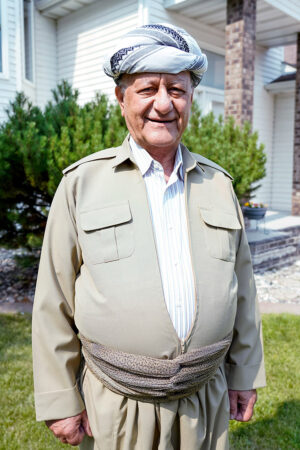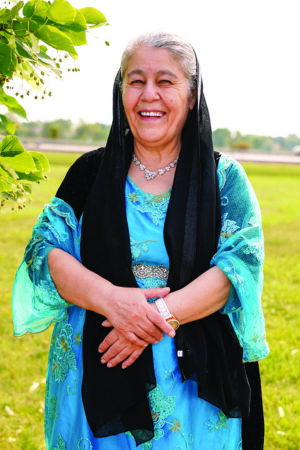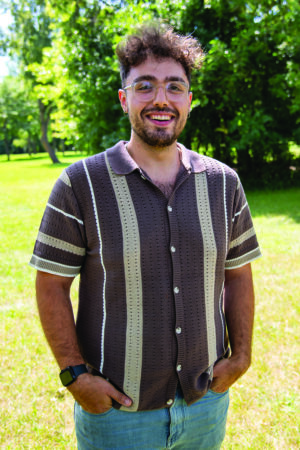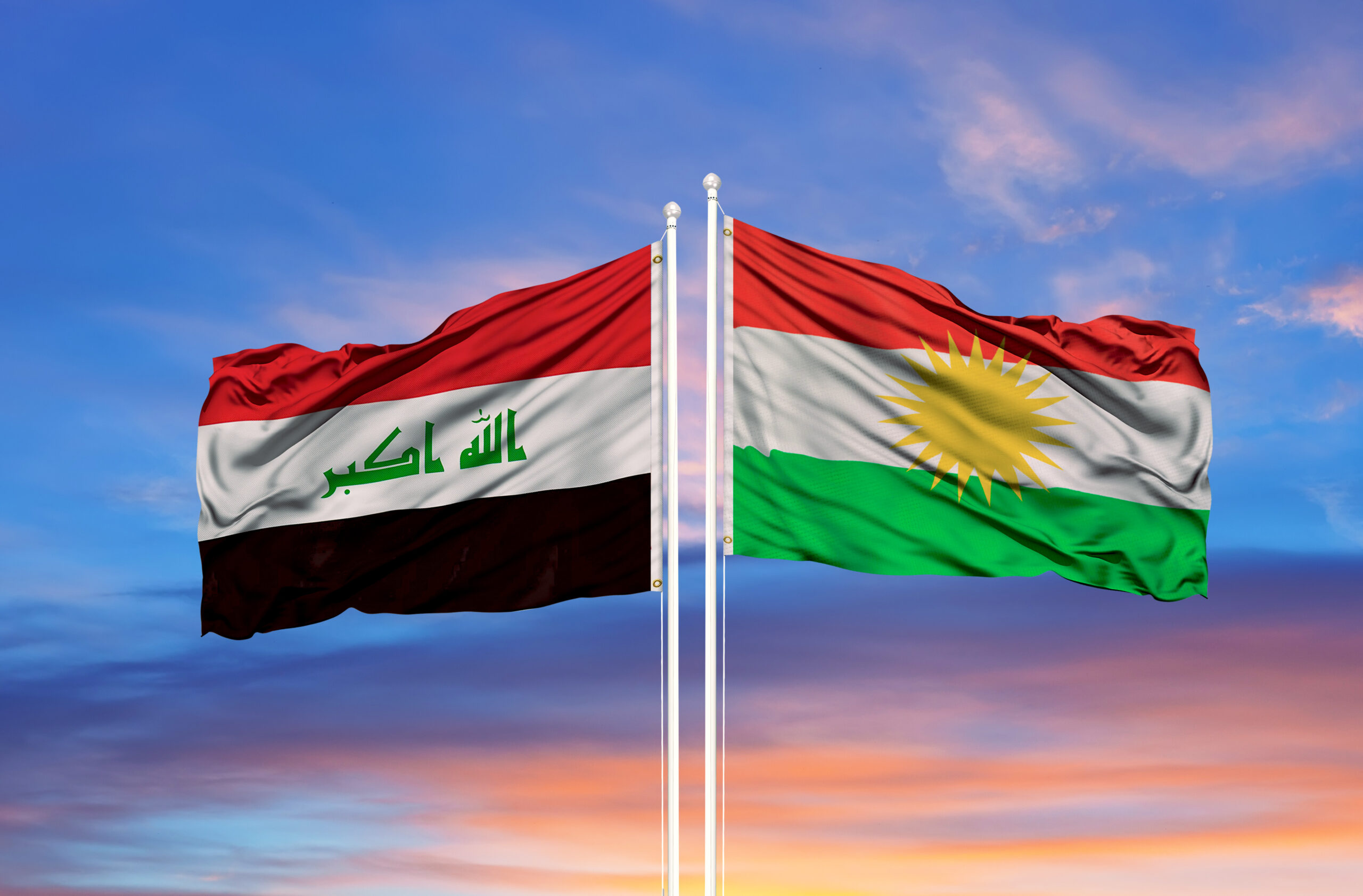- Hashim Goran
- Eman Yassin
- Haji Hameed
- Mariam Farok
- Mohammed Alssaraj
Nancy Edmonds Hanson
Fourteen Moorhead residents with roots in the Middle East share thoughts of home – then and now — in an upcoming exhibition at the Hjemkomst Center.
Hosted by the Historical and Cultural Society of Clay County, “Home of Memories: Portraits of Kurdish and Iraqi Minnesotans” spotlights the faces and stories of New Americans. The collection of portraits and stories opens Tuesday, Oct. 15, and will be on display in the Hjemkomst Center through June 22.
The traveling exhibit was curated by CarryOn Homes as part of the Iraqi Voices project by the Iraqi and American Reconciliation Project. The Twin Cities-based project focused on Iraqi nationals who have immigrated to Minnesota. But the Moorhead showing will be larger and more diverse than the original: At the urging of local advocates, its focus has been broadened to encompasses a second distinct group – men and women born in Kurdistan.
Kurdistan is a region encompassing parts of Iraq, Iran, Turkey and Syria. “We are a stateless people,” explains Kawar Farok, director of the local Kurdish American Development Organization and a fierce advocate of Kurdish identity. “As a people, we are much older than Iraq, older than Islam.” The Kurdish language is Indo-European, while the separate Arab language is more closely related to Hebrew.
The traditional tension between Kurds and Arab citizens of Iraq rose to the fore when the historical society began planning for the upcoming exhibit in 2022. As they often do, the HCSCC staff planned to add local elements to the show. Farok and several other local Kurds urged them to specifically include their ethnicity.
Kurds make up the largest local New American community. The KADO director estimates some 3,500 have made the FM area their home, with most living in Moorhead – a substantial fraction of the 25,000 Americans of Kurdish descent cited in Wikipedia.
“Theirs is a fascinating story,” program director Markus Krueger observes. “The first Kurdish families arrived at Hector Airport in the early 1970s. They were political dissidents, escaping persecution in Iran and Iraq.”
Conflicts continued in their mountainous Mideastern homeland. Saddam Hussein launched deadly chemical attacks against 40 Kurdish villages in 1988. Fiercely opposed to the Iraqi dictator, Kurdish fighters strongly supported the U.S. during the Iraq War. Continued fighting drove thousands from their homes into refugee camps in Turkey. Kurds made up the first large group to resettle here in the early 2000s.
Research for “Home of Memories” became an oral history project, thanks to funding by the Minnesota Historical Society. Farok and colleague Zak Amin recruited and interviewed the local Kurdish Americans. Some of their conversations with elders were conducted in the Kurdish language.
Arab Iraqi participants were organized by Eman Yassin, an Iraqi native now living in Moorhead who worked as a journalist in her native country.
“The experiences of the Kurds and the Arab Iraqis are quite different,” historian Krueger points out. “Their stories are heartbreaking.
“Sometimes I think about what I’d ask Clay County’s first immigrant settlers – the Swedes, for instance – if I could have talked with them 100 years ago. We can ask our Kurdish and Iraqi neighbors those questions right now. In 50 years, their history will still be here for all of our great-grandchildren to learn from.”
Portraits and narratives of eight Kurdish men and women are included in “Home of Memories”: Azad Berwari, Dilshad Mosaei, Hameed Alemadi, Hashim Goran, Meriam Farok, Shawkat Rajab, Siham Amedy and Zak Amin.
Six local Iraqi Americans are also featured: Abdullah Abdulafehd, Adnan Helfy, Eman Yassin, Mohammed Alssaraj, Neamat Gatea and Zaid Alssaraj.
The exhibition opens with a free reception from 5 to 7 p.m. Tuesday, Oct. 15


